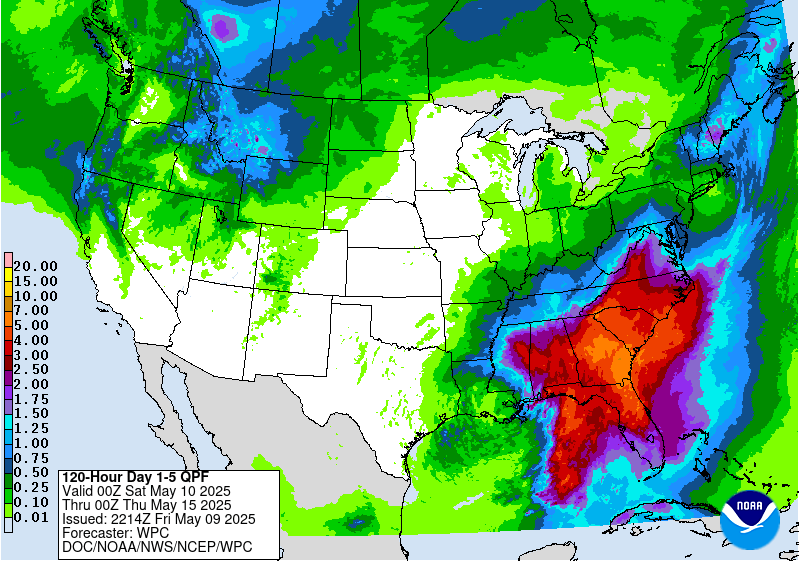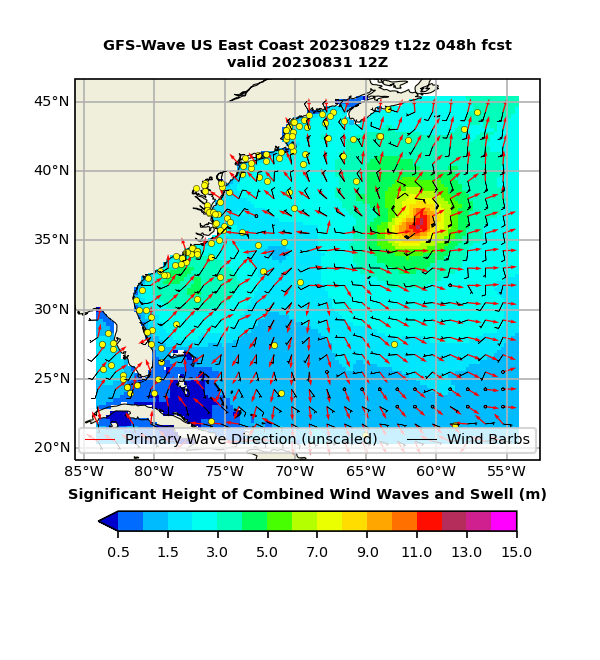Jacksonville, Fl. — The “Buresh Bottom Line”: Always be prepared!.....First Alert Hurricane Survival Guide... City of Jacksonville Preparedness Guide... Georgia Hurricane Guide.
STAY INFORMED: Get the * FREE * First Alert Weather app
FREE NEWS UPDATES, ALERTS: Action News Jax app for Apple | For Android
WATCH “Preparing for the Storm”
WATCH “The Ins & Outs of Hurricane Season”
READ the First Alert Hurricane Center “Survival Guide”
LISTEN & WATCH “Surviving the Storm” - WOKV Radio & Action News Jax
***** ALWAYS CHECK & RE-CHECK THE LATEST FORECAST & UPDATES! *****
REMEMBER WHEN A TROPICAL STORM OR HURRICANE IS APPROACHING: Taping windows is *NOT* helpful & will not keep glass from breaking.
Realize the forecast cone (”cone of uncertainty”) is the average forecast error over a given time - out to 5 days - & *does not* indicate the width of the storm &/or damage that might occur.
The 2022 hurricane season is underway & continues through Nov. 30th. “Alex” is the first name on the Atlantic list (”Agatha” was first on the E. Pacific list & came ashore as a Cat. 2 hurricane Mon. afternoon). The names repeat every 6 years, so this year’s list includes some infamous storms... several of which have been retired. Tropical storm “Bonnie” (still on this year’s list) in 2004 dropped a F-2 tornado on Jacksonville’s northwest side... “Charley” in 2004 (replaced with “Colin” which dropped a tornado in W. Duval Co. June 6th, 2016) was a powerful Cat. 4 hurricane that made landfall on the southwest coast of Fl. near Punta Gorda... hurricanes “Frances” (replaced with “Fiona”) & “Jeanne” (replaced with “Julia”) hit at the exact same place just two weeks apart in 2004 near Stuart, Fl.... “Ivan” (replaced with “Ian”) in 2004 plowed into the Fl. Panhandle near Pensacola. “Matthew” (replaced with “Martin”) grazed the coast of NE Fl. in 2016 causing damage at area beaches as well as power outages that lasted for days.
An area of “disturbed” weather - scattered showers & heavy thunderstorms - is near the Yucatan Peninsula. Some of this storminess includes tropical moisture from Agatha & possibly even some mid & upper level “energy” from the former E. Pacific tropical cyclone. In any case... weak low pressure is expected to eventually develop between the Yucatan Peninsula & the Florida Keys & move east/northeast. While sea surface temps. are seasonally warm - 80+ degrees F - over the Gulf & Caribbean & could help support a tropical system... & mid & upper level moisture is plentiful... shear out of the west is strong - 30+ mph - & will likely keep what could become Alex heavily weighted with its heavy rain & some wind on the east side of the potential circulation. Such shear *should* limit the overall strength of this low pressure area.
The GFS model & European model have had pretty wide differences - especially in location - over the last several days but have been slowly coming into better agreement. The general trend & track would seem to be east/northeast nearing Fl. by Saturday or so then continuing northeast to the W. Atlantic east of Fl. while turning more N/NE for a while over the W. Atlantic before resuming a more northeast track to open sea by the middle of next week. The UKMET model is a pretty good compromise between the GFS (more south & weaker) & the European (more north, a bit stronger). On this track - of what looks to be a weaker system heavily weighted on the east side - heavy rain will be the main concern for Central & especially South Florida while NE Fl./SE Ga. is on the northern fringe of any possible local impacts.
So.... for Jacksonville/NE Fl./SE Ga. based on the *current* forecast & highly dependent on the exact strength & location of any storm:
* some showers & t’storms Sat. & Sunday
* some uptick in rip currents
* a bit breezy


Water vapor imagery over the Gulf (blue & gray=dry mid & upper level air):

Wind shear analysis shows winds out of the west at more than 50 mph! over parts of the Southern Gulf & N. Caribbean:







Saharan dust is spread west each year from Africa by the prevailing winds (from east to west over the Atlantic). Dry air - yellow/orange/red/pink. Widespread dust is indicative of dry air that can impede the development of tropical cyclones. However, sometimes “wanna’ be” waves will just wait until they get to the other side of - or away from - the plume then try to develop if other conditions are favorable. In my personal opinion, way too much is made about the presence of Saharan dust & how it relates to tropical cyclones. In any case, we’ve already has a couple of dust plumes spread west to the Caribbean & Gulf with the peak of Saharan dust typically in June & July.

2022 names..... “Alex” is the first name on the Atlantic list (names are picked at random by the World Meteorological Organization... repeat every 6 years... historic storms are retired [Florence & Michael in ’18... Dorian in ’19 & Laura, Eta & Iota in ‘20 & Ida in ‘21]). The WMO decided - beginning last year - that the Greek alphabet will be no longer used & instead there will be a supplemental list of names if the first list is exhausted (has only happened three times - 2005, 2020 & 2021). The naming of tropical cyclones began on a consistent basis in 1953. More on the history of naming tropical cyclones * here *.





East Atlantic:





Mid & upper level wind shear (enemy of tropical cyclones) analysis (CIMMS). The red lines indicate strong shear:
Water vapor imagery (dark blue indicates dry air):

Deep oceanic heat content over the Gulf, Caribbean & deep tropical Atlantic:

Sea surface temp. anomalies:


SE U.S. surface map:

Surface analysis centered on the tropical Atlantic:

Surface analysis of the Gulf:

Caribbean:

GFS wave forecast at 48 & 72 hours (2 & 3 days):


Atlantic Basin wave period forecast for 24, 48 & 72 hours respectively:




The East Pacific:


West Pacific IR satellite:

Global tropical activity:

Cox Media Group
:quality(70)/cloudfront-us-east-1.images.arcpublishing.com/cmg/WW5AJL3ARQUGDQMAQUNSFX4CLE.jpg)

:quality(70)/cloudfront-us-east-1.images.arcpublishing.com/cmg/YFVQFPSEYFGUJNN5FIL45PWXNM.jpg)
:quality(70)/d1hfln2sfez66z.cloudfront.net/07-26-2024/t_c813fb310b044b9a937ea03a38306cf5_name_file_960x540_1200_v3_1_.jpg)
:quality(70)/cloudfront-us-east-1.images.arcpublishing.com/cmg/OP4L4IUHEIWRTTX257DKOM4IMU.jpg)
:quality(70)/cloudfront-us-east-1.images.arcpublishing.com/cmg/M7DQOP5FJNTRMVP5QYWYEBACAI.jpg)
:quality(70)/cloudfront-us-east-1.images.arcpublishing.com/cmg/GUKNEPXKO4TU3TGUXRFOFQBQLY.jpg)